Menu
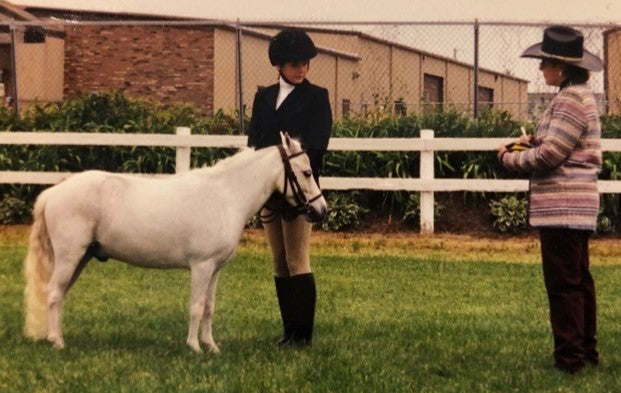
Showmanship for the Driving Horse
One of the main concerns I hear from newer drivers is that their horse doesn’t stand. They usually want to change to a stronger bit thinking that the bit (“brake”) is too mild, like worn out brake pads on a car. The difference between an automobile and a horse is that the automobile brakes mechanically, while a horse stops with his brain. No bit will stop a horse from moving. So therefore, how do we keep a horse from moving if we don’t want him to? We have to be the leader. Period.
A horse driver needs to control EVERY move of their horse when it is being handled. Cutting horses get to make decisions when they are cutting calves. Driving horses don’t get to make decisions…ever. The driving horse gets to control where he goes and what he does when he is turned out. When it is time to work and the halter goes on, the handler is the only one who gets to make decisions. Once you understand these principles, your driving experiences will become much easier.
 These principles do put more expectations and responsibilities on you, though, that you need to be the leader at all times. You can’t leave that responsibility to the horse, or he can become stressed and/or take advantage of it, sometimes to the detriment of you. However, you also have to work to read the horse when he is trying to tell you something that may indicate why he isn’t performing well on a particular day. You can’t just push the horse to do what you want when he, perhaps, has a hoof abscess developing, is sore somewhere, or doesn’t understand the directive you are trying to give. An excellent driver is paying attention to the little nuances that the horse is trying to tell him without making excuses for any of the horse’s behavior. There is a balance between care and coddling. Coddling will lead to a sour, spoiled “child” that pushes the handler around. Again, strong leadership is caring but demanding. Your life depends on it!
These principles do put more expectations and responsibilities on you, though, that you need to be the leader at all times. You can’t leave that responsibility to the horse, or he can become stressed and/or take advantage of it, sometimes to the detriment of you. However, you also have to work to read the horse when he is trying to tell you something that may indicate why he isn’t performing well on a particular day. You can’t just push the horse to do what you want when he, perhaps, has a hoof abscess developing, is sore somewhere, or doesn’t understand the directive you are trying to give. An excellent driver is paying attention to the little nuances that the horse is trying to tell him without making excuses for any of the horse’s behavior. There is a balance between care and coddling. Coddling will lead to a sour, spoiled “child” that pushes the handler around. Again, strong leadership is caring but demanding. Your life depends on it!
So how do we assume the leadership role? We first control the horse’s feet. John Lyons calls it the WESN Lesson (West, East, South, North) where you get to control wherever the horse puts his feet…in all directions. In essence, if you can control his feet, you can control the rest of the horse.
Horses trained in Showmanship know this lesson well. If you haven’t seen a good performing Showmanship horse, there are a myriad of online videos of Showmanship at Halter to peruse that show finished horses as well as the instruction to teach a horse how to perform. A horse well-schooled in Showmanship is a dream to be around, and training for Showmanship gives the handler a practical format, structure, and lessons for appropriate groundwork.

We do what I call “Backyard Showmanship” with our horses, which gets the groundwork solid before we move onto any other training. Backyard Showmanship contains all the same basic, practical lessons that competitive Showmanship does, but without all the unnatural, excessive movements we might find in a competitive Showmanship class, like a 360°+ pivot, a 10-stride back, etc.
A Backyard Showmanship horse knows how to:
- Walk obediently at the handler’s right shoulder, maintaining a regular distance without pushing or pulling on the lead shank.
- Stop when the hander stops.
- Square his feet when the handler cues the horse with the lead shank.
- Stand and wait for the handler in all circumstances, even when the handler or another person is moving around the horse.
- Back up when the handler turns to face the back and indicates that the horse should back.

- Follow the handler’s movements turning left and right. (Turns more than 90° should always be done to the right, not to the left where the handler is pulling the horse into the handler’s space.)
- Move away from the handler when the handler moves into the horse to the right. [A pivot on the hind.]
- Move off at a trot when the handler moves faster.
Once the horse learns the above lessons, he is much easier to train in other disciplines later on. The key to teaching these lessons is consistency, not just the time spent during a Showmanship lesson, but in each situation he is handled as well. If the handler is leading the horse from say the barn to the paddock, the lead shank should be correctly in the handler’s right hand with the left holding the excess, just like in a Showmanship class. The horse should be at the handler’s shoulder with the horse’s head and eye where the handler can see it, not dragging behind or pulling in front. If the handler is opening the stall door, it is imperative that the horse wait to enter or exit the stall until the handler directs him to do so. If the handler walks into the paddock, the horse needs to move out of the way of the handler, not push or shove him. Teaching Backyard Showmanship happens anytime that horse is handled. Correct, deliberate movements from the handler at all times will result in an obedient but confident animal.

When consistent training is done from the ground, consistent verbal cues should be used in conjunction with physical cues. The same verbal cues then can be used when driving since the horse will already understand the meaning of them from the ground. When we are leading our horses, we tell them to “Walk” as we walk off. When we turn our horses to the right, we say “Come”. When we turn them to the left, we say “Get”. When we ask our horses to sidestep away from us, we say “Over”. When we ask our horses to back, we say “Back”. When we ask our horses to trot in hand, we double cluck and say “Trot”. When we stop, we say “Whoa”. “Whoa” is different than “Stand”. Whoa means “stop forward movement”. “Stand” is “continue to stay in one place”. “Set” means set the feet square, which is very helpful when the horse is learning to stand square in the show line-up or halt square in a dressage test. We have many more verbal cues that are used in conjunction with our everyday handling of our horses. We are also very deliberate in our body language when using these cues. We face forward to walk forward. We face backwards to have the horse go back. We turn sideways to have to horse move sideways. We face the horse’s front feet when we are asking him to set square, just like in a Showmanship class. Horses don’t have an extensive verbal vocabulary between them. They respond to other horse’s body cues. Knowing this, we are deliberate and consistent with the use and application of both verbal and physical cues. Most of the time, the horse learns the body language so well, that cueing on the lead shank becomes unnecessary. By learning how to be good at Showmanship, you are giving yourself a lesson plan to follow to create that respectful horse!

In essence, what is really happening in the process of teaching and learning Showmanship is that the handler establishes himself as Alpha in the relationship. That doesn’t require the handler to be mean, but it does require respect from the subordinate horse. The amount of “pressure” to require the horse to be respectful will vary from horse to horse. I’ve had horses who, when I gave them a “dirty look” or a sharp tone, they were mortified. I’ve also had horses that required some physical handling in order to get their attention. We have worked with some horses who ironically the harder and more demanding we were on them, the more they wanted to hang out with us! They were craving strong leadership! When horses get leadership, they tend to relax because they don’t have to feel so responsible for their own well-being. It’s like kids who feel secure in the care they receive. They don’t have to worry about where their next meal is coming from or whether or not they feel safe. Horses are the same way. When they are not the leader of the herd, they relax because it isn’t their job to be in charge anymore. You have to be the “parent”, not your horse’s “buddy”. Trust me, he will appreciate it! I can be friends with my child, but I am still the parent (at least while he is still under my roof…or in my barn! 😊).
Again, while we are very picky about the behavior and movement (or not) of the horse, we don’t worry about whether or not the horse is “drilled” in the discipline of competitive Showmanship. We want the horse to be responsive and obedient when handled from the ground. If he can walk, trot, whoa, back, set his feet square, and stand from the halter, he can be more easily dealt with in the carriage. If he knows those movements and expectations from the halter, he will be considerably easier to train and deal with for any future discipline. Teach your horse Backyard Showmanship, and you will have a respectful, obedient horse while giving yourself a practical format for teaching good groundwork.
- Choosing a selection results in a full page refresh.




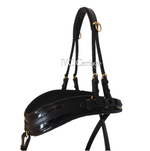
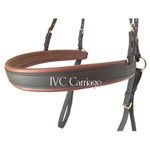



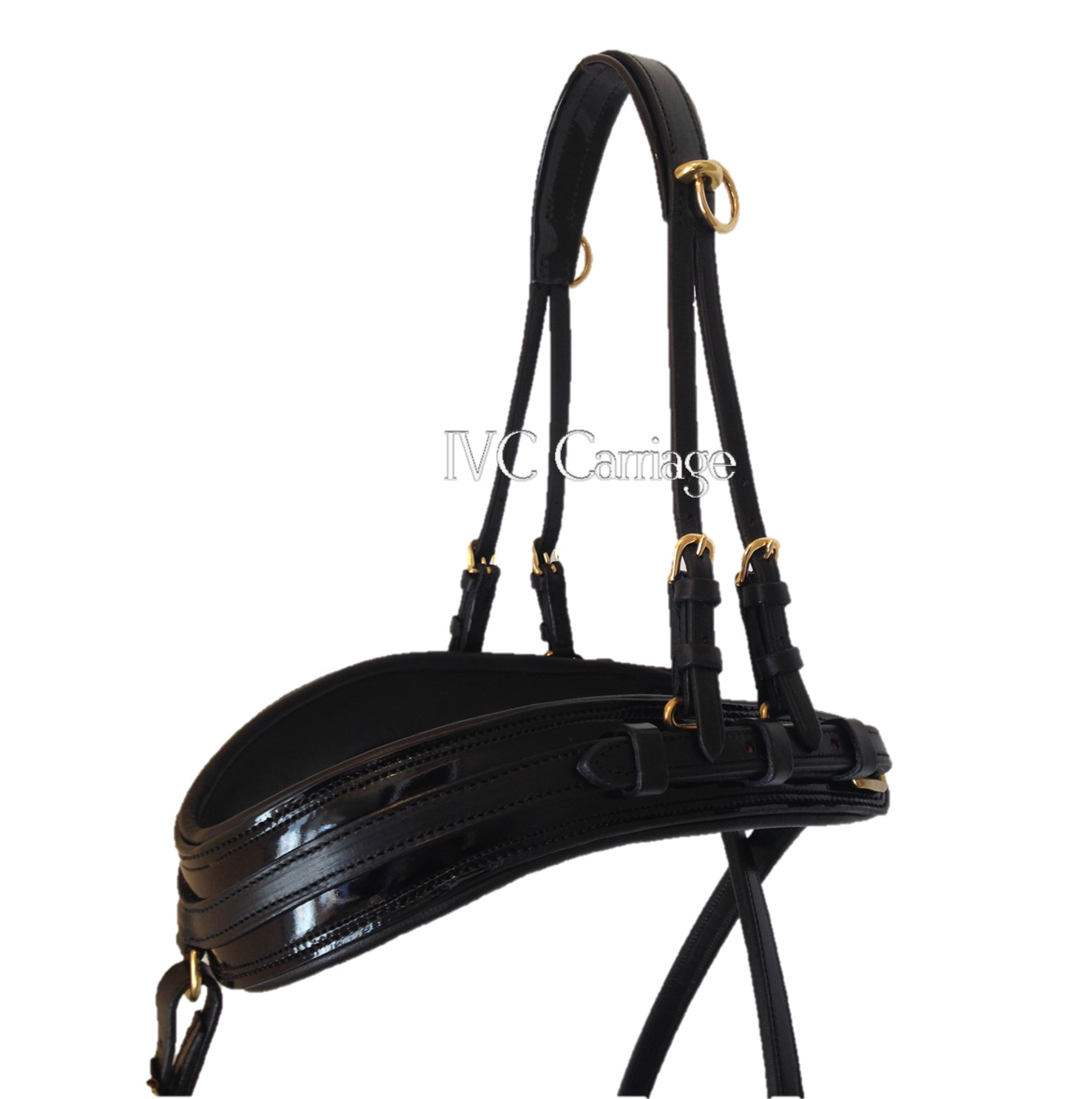
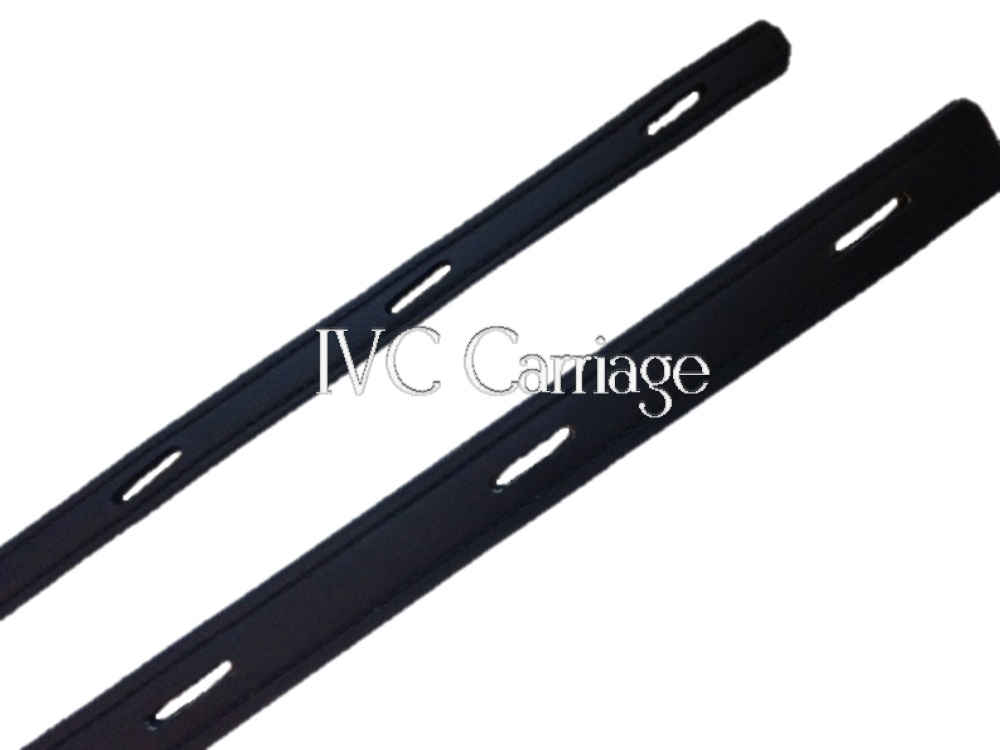
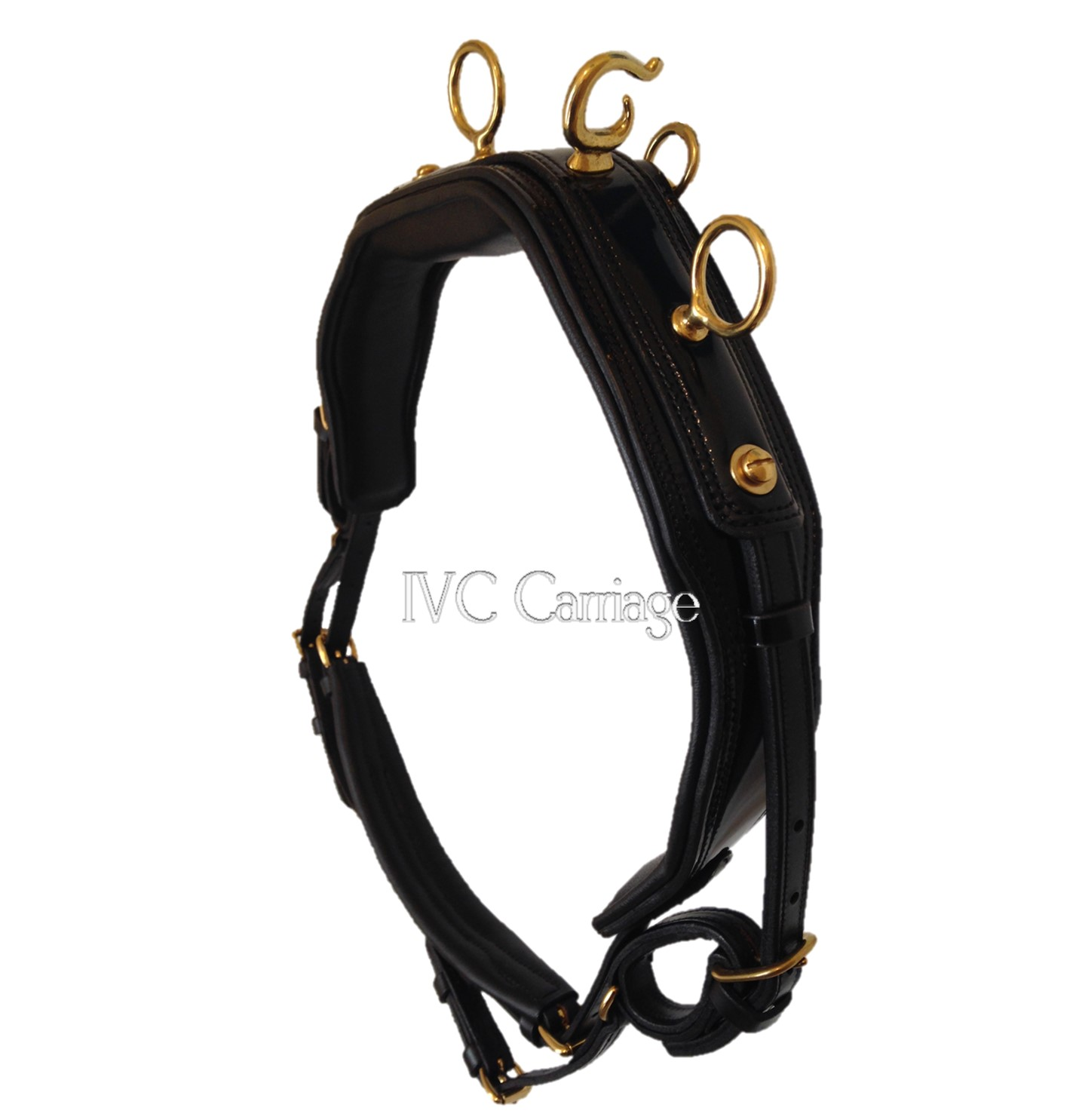
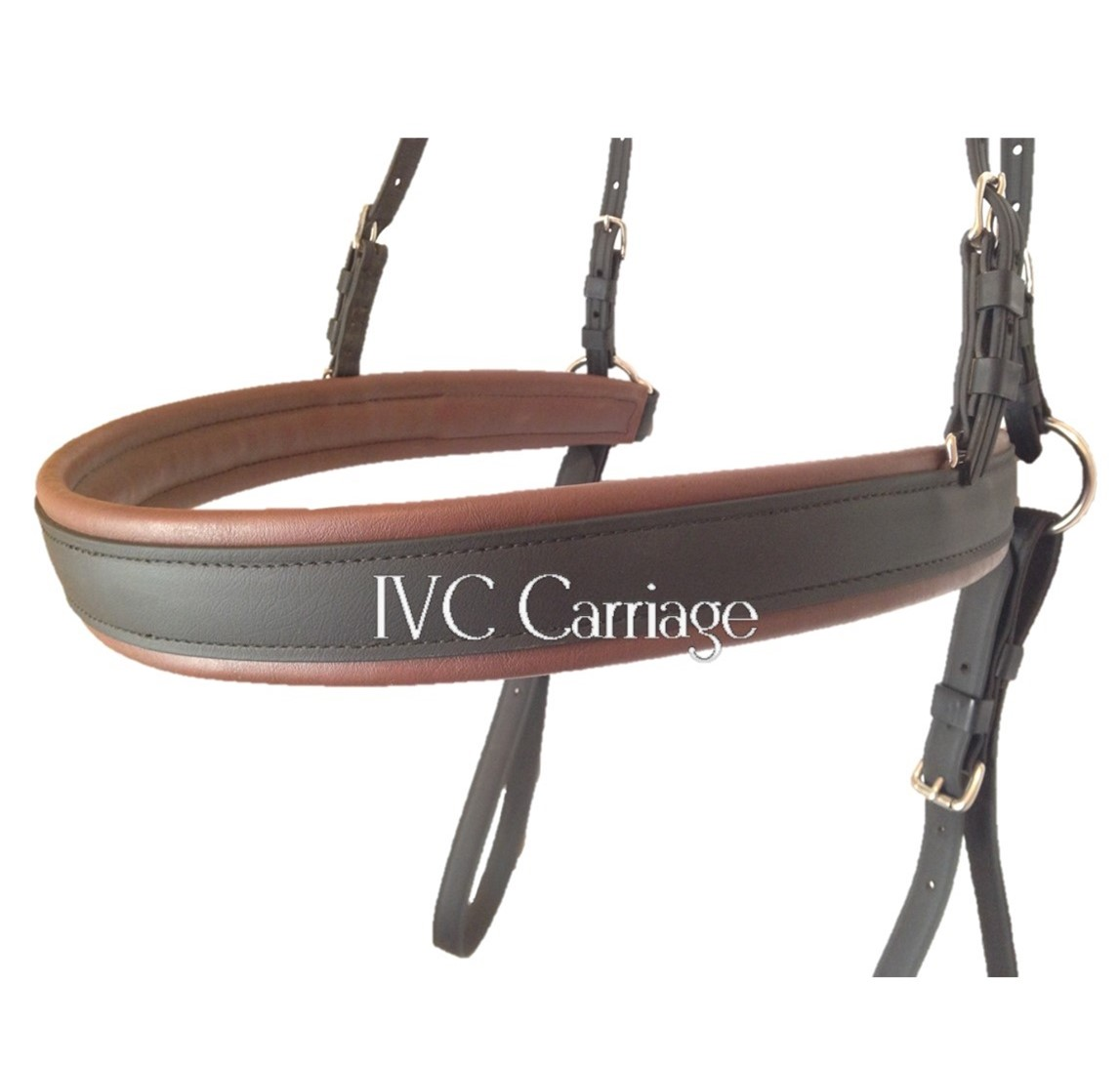
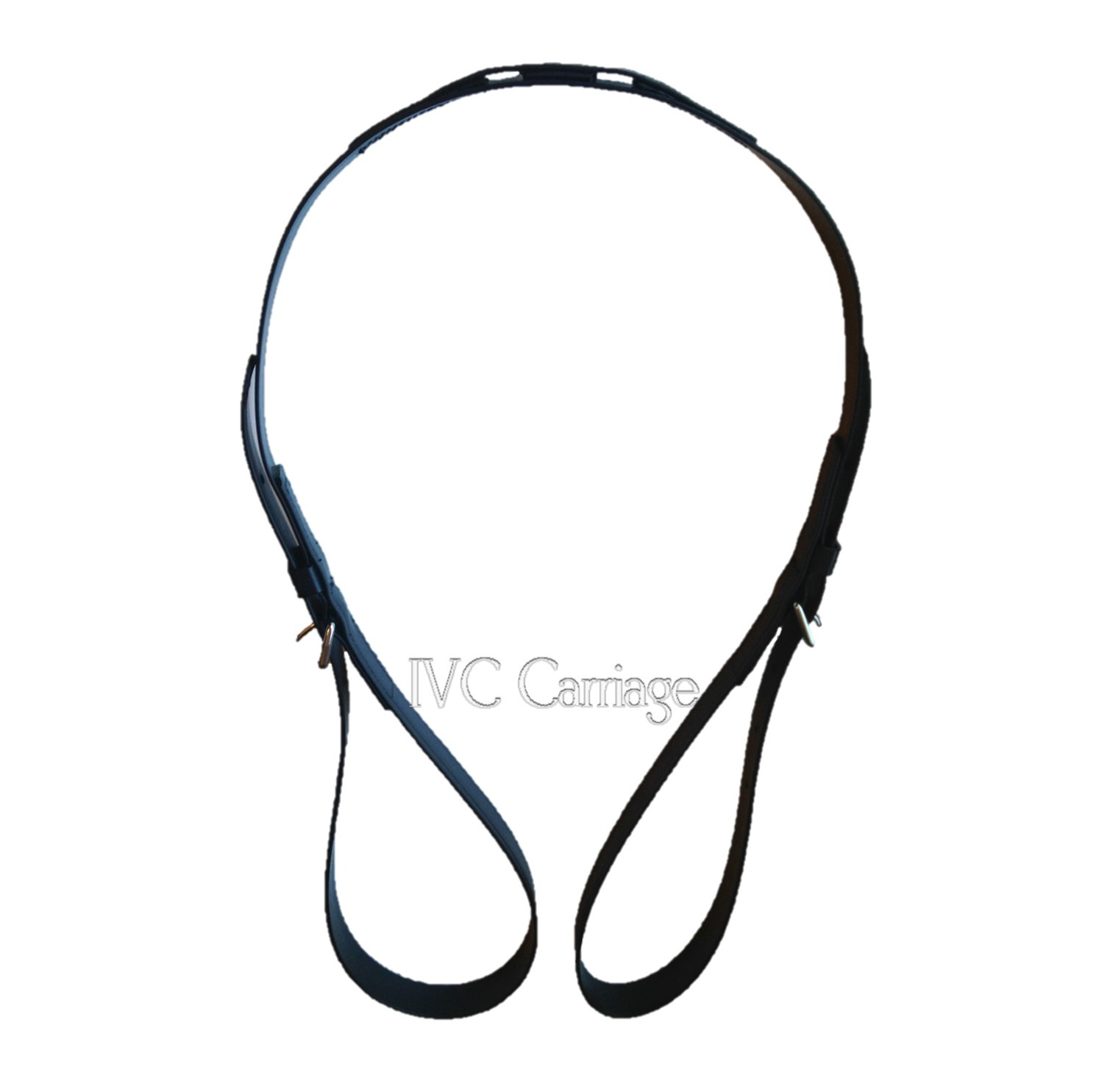
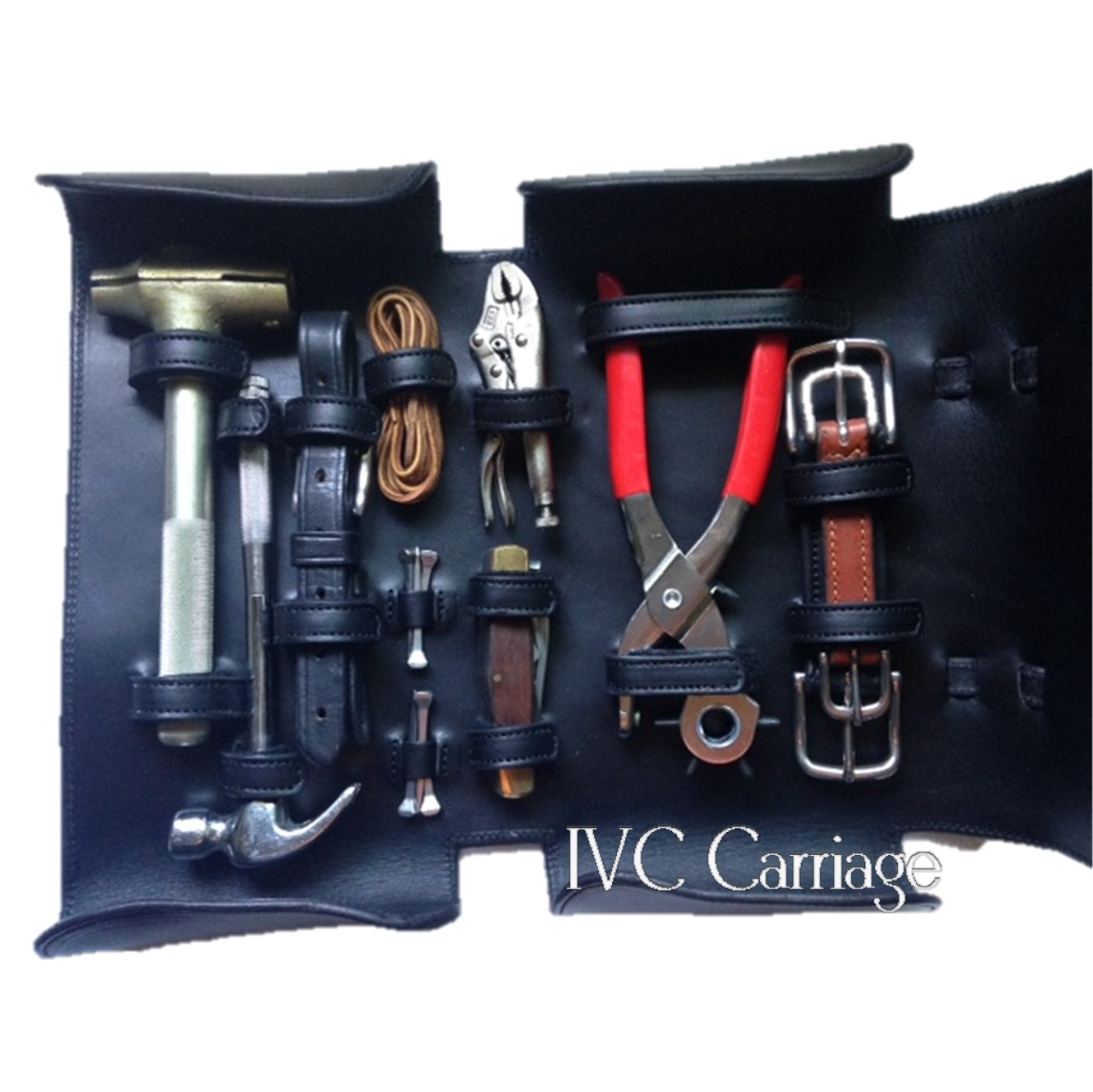

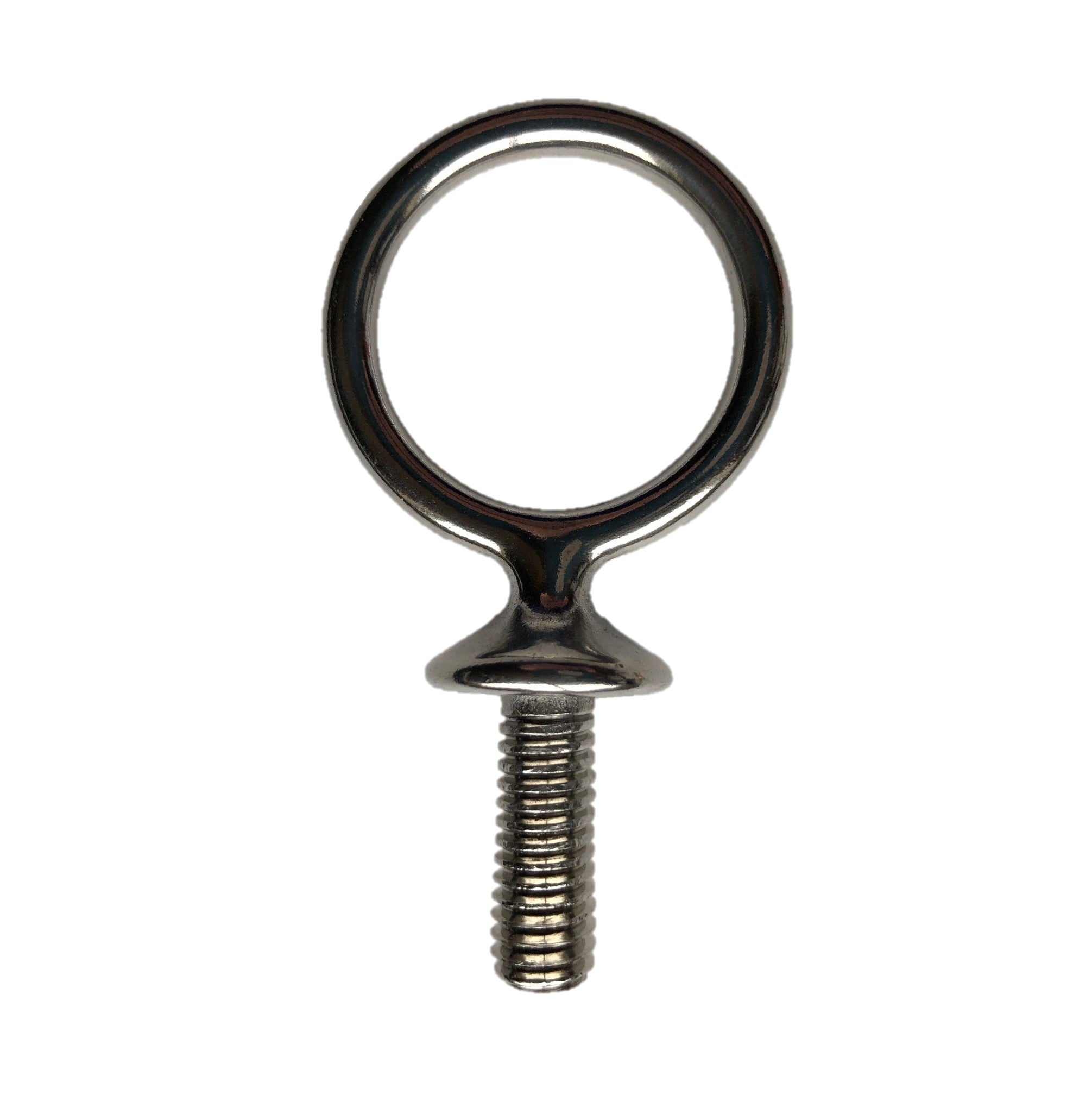












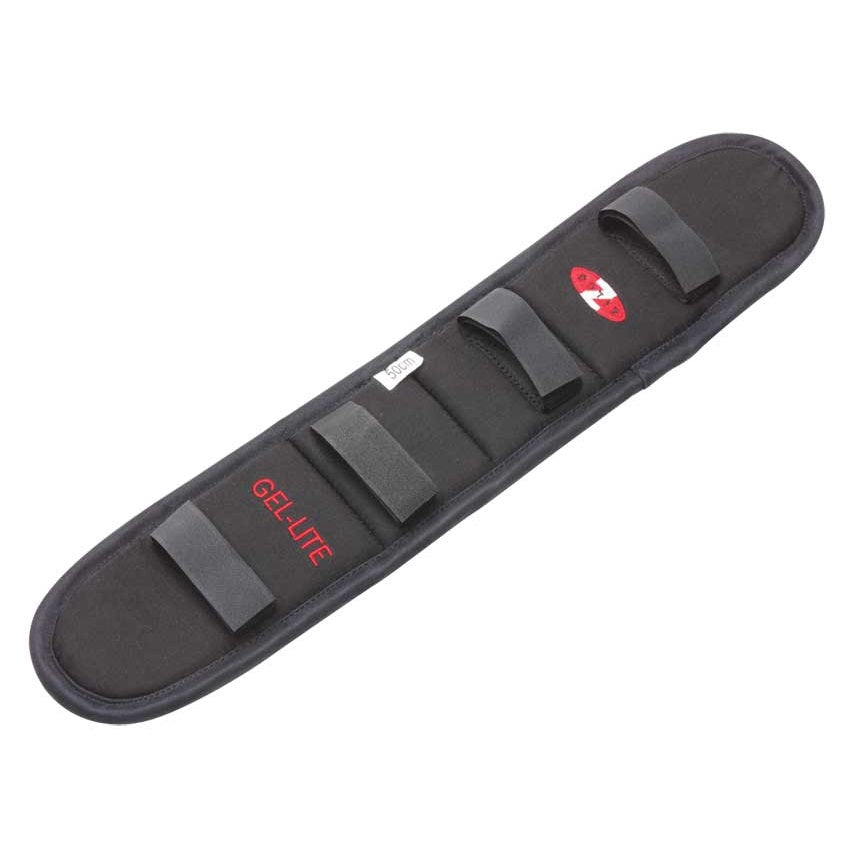
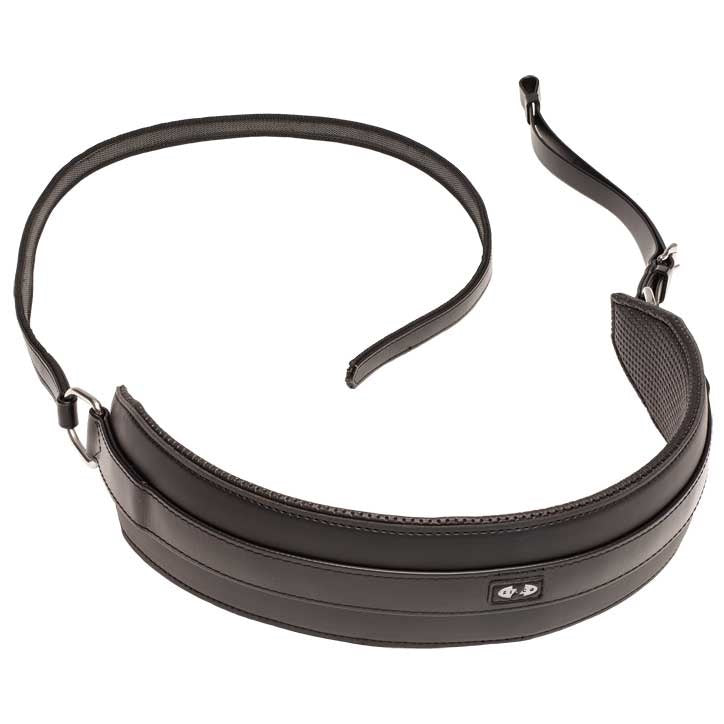




3 comments
Anna
Thank you for the advice; I will definitely request Backyard Showmanship lessons before I attempt to have driving lessons so I have a better understanding of animal leadership.
Amanda
What a fantastic article. Truly, it does not matter what discipline you do with your animal, leadership matters. I really appreciate your explanation of the horse’s ability to relax when they are not responsible for decision making. I have often described it as horses naturally understanding herd structure. In a horse and handler situation, someone needs to be the leader of that “herd” and it would be best if the horse wasn’t the one to make the decisions.
Anonymous
Excellent article on Backyard Showmanship! Groundwork is so important and you give some very good instruction on what to do and how to do it. Thanks for sharing your knowledge and methods!